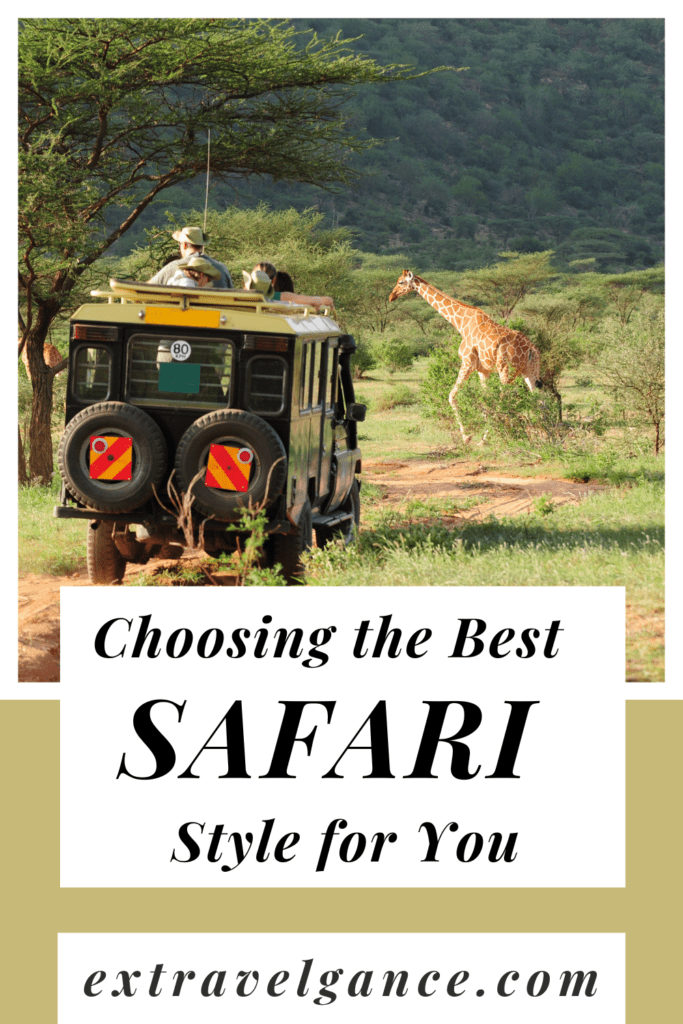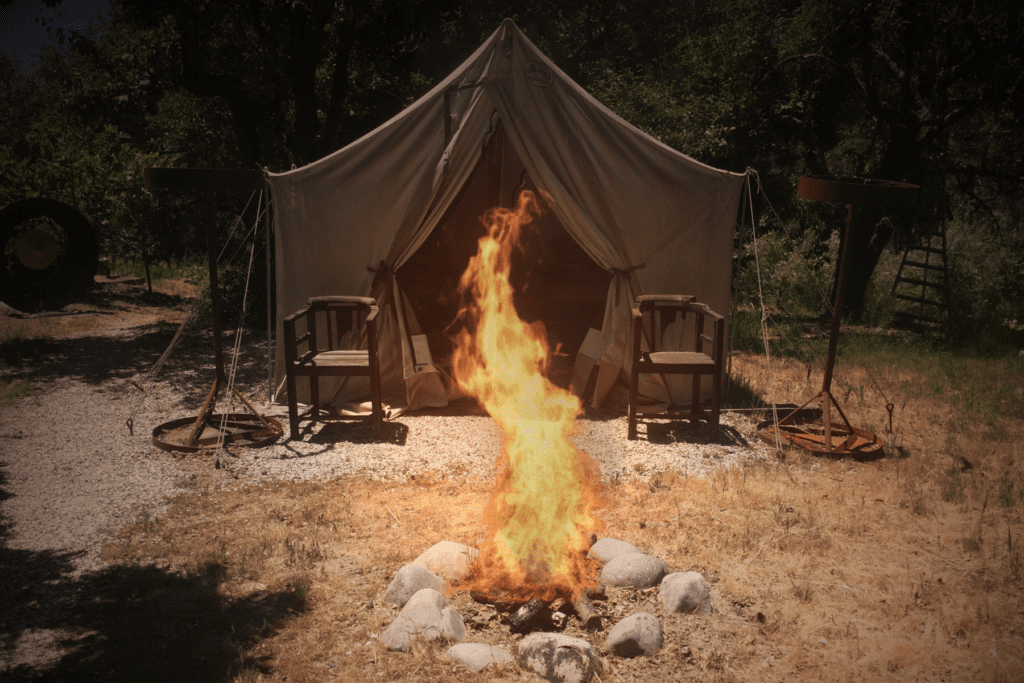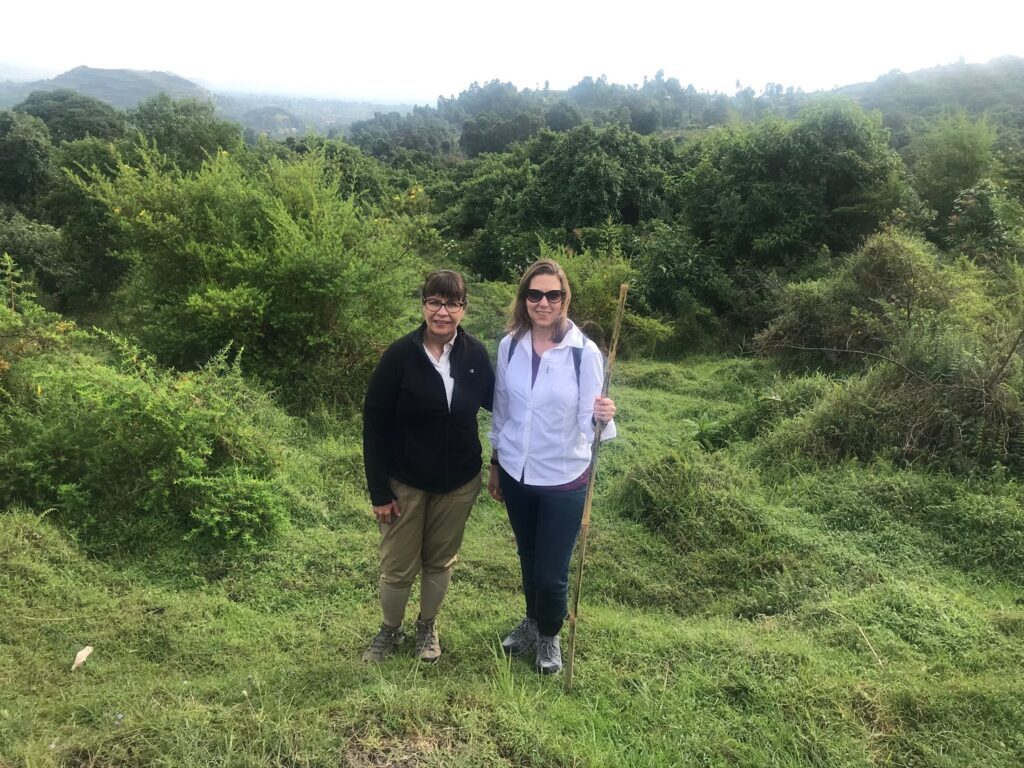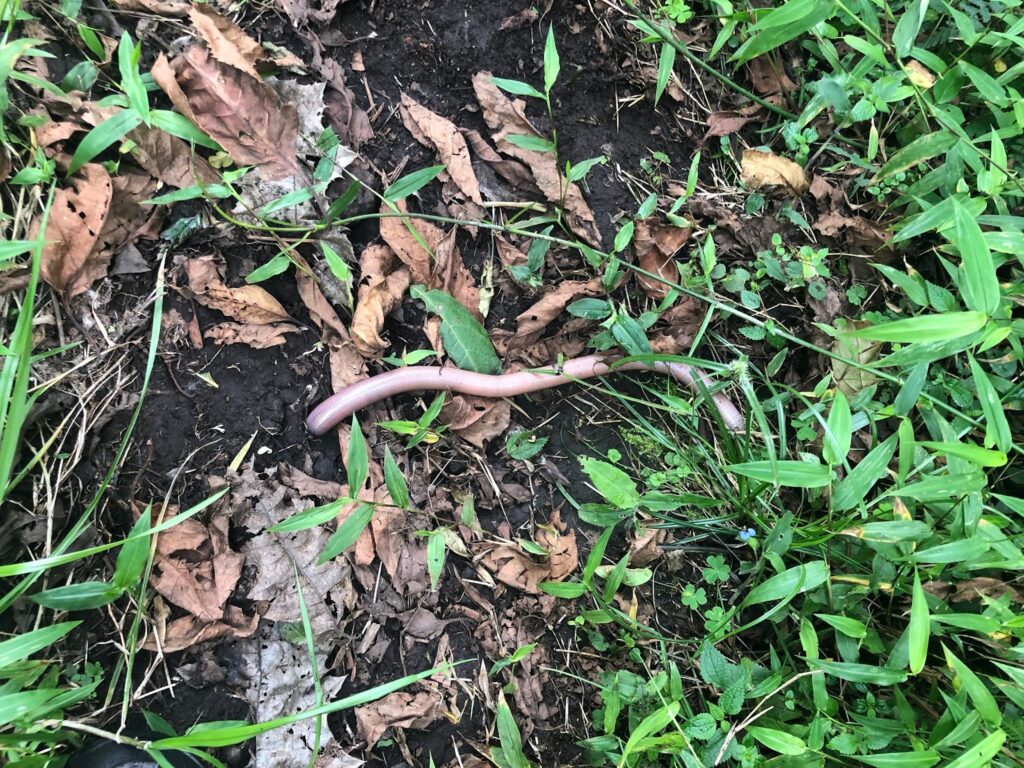
It’s no surprise that an African safari is on most traveler’s bucket lists. There’s something miraculous about being so close to wild animals in their natural environment. What’s even better is that there are so many styles of safaris. There’s truly a safari that will match everyone’s travel style and budget!
Safari is the Swahili word for journey. A safari is truly a journey in many ways. I’ve been lucky enough to experience a safari in four different African countries. It didn’t take me long to realize that the point of a safari was the journey (thrill of the hunt), not the destination (seeing the animals). When choosing your safari, make sure you carefully consider the style that will best compliment your journey.

Luxury Safari
A luxury safari is an all-inclusive experience that focuses on the comfort of the traveler. If you like to be spoiled, this is the style of safari for you! Luxury safaris are available all over Africa. Depending on the country, you may stay in one place, or you may move every day or two to a new location. If you like just unpacking once, experiencing a safari in a single location with diverse habitats is a great choice.
You can expect the following from a luxury safari:
- Fantastic accommodations, often in your own separate cabin or even a very fancy tent large enough to walk around in with real beds and bathrooms!
- Scheduled game drives at least twice per day with a highly personable guide and a person trained to track animals. These drives may be private or with other property guests.
- Three delicious meals each day, snacks on game drives, and unlimited alcoholic and non-alcoholic beverages. Meals are often multiple courses and prepared by talented chefs.
- Prices vary by country, but luxury safaris will cost $500+ a night per person.

Our Experience on a Luxury Safari
Amanda and I coughed up a bunch of money in 2014 to take a very brief luxury safari in South Africa. It was truly a remarkable experience. We traveled to Phinda Private Game Reserve and stayed in &Beyond Phinda Forest Lodge. Our accommodation was a little glass cabin tucked into the forest. Once we entered the cabin, a troop of vervet monkeys (see photo above) would come out of the trees and watch us through the glass. One even ran into our cabin and stole an apple from the fruit bowl!
We stayed for three nights and enjoyed two safari drives per day. Phinda Reserve has seven habitats including woodland, grassland, wetland, mountains, and a rare dry sand forest. There’s plenty of chances to see a diverse set of wild animals. Phinda Reserve has the Big 5 (elephant, leopard, lion, water buffalo and rhino). We were lucky enough to see all but the leopard, although we made several heart-pounding dashes through the forest to see one after getting reports that others had! It proved to be illusive, however. Our safari guide and tracker were spectacular. They were extremely friendly, informative and fun.
Our accommodations rate included three delicious meals a day and snacks. Dinner featured so many courses that we had to beg the server to stop bringing us food! One of my favorite things was having coffee laced with Amarula and watching the sunrise over the savanna during an early morning game drives. It was truly a once in a lifetime experience.
Budget/Moderate Safari
You can have a similar experience without paying the high price tag by choosing budget or moderate accommodations for your safari. Most safari outfitters will offer a range of choices to fit your budget. My safari experience in Rwanda was in moderate accommodations. We stayed in a nice but standard hotel for two nights, ate buffet breakfasts and dinners, and went on one day-long game drive with a box lunch.
Naturally, I preferred the luxury safari far better! But budget/moderate safaris range in price from $200-400 per person per night which is far more reasonable.

Camping Safari
If luxury isn’t in your budget or just isn’t your style, you can opt for a camping safari. There are a lot of variations in the accommodations for camping safaris, so you will want to ask a lot of questions to make sure you know what you are getting into!
Generally, you don’t schlep your own tent around and set it up. Instead, your tent is set up for you by your guides. They may be more permanent structures or just typical domed tents. You won’t have access to running water. But you can take a bucket showers, and latrines are available. Meals are cooked over open fire outside, and there definitely aren’t multiple courses!
The best thing about camping safaris is that you are always close to the wildlife. The guides can be flexible with where you set up camp to spend the night, so you can go where the wildlife is. And you can hear the wildlife all around you all night. Imagine drifting off to sleep to the roar of lions!
I have not had a camping safari experience. Camping is not my thing! I like running water, air conditioning, and sleeping on a real mattress! But this style of safari would definitely appeal to anyone who enjoys camping and being in the great outdoors. You could even choose a safari where you are more involved in camp operations such as tent set up and cooking.
Camping safaris range in price depending on how hands-on you want to be and how nice of tent you want. You can expect to pay $150-300 per night per person.

Walking Safari
Walking safaris are guided walks through the African bush. A short bush walk is often included as a part of a luxury safari. Or you can book one individually for a few hours or even a few days. Walking safaris are a great way to get up close and personal with animals.
My walking safari experience was trekking mountain gorillas in Uganda. This was a day long trek to see the Nyaykagezi Gorilla Group in Mgahinga Gorilla Park, a small national park on the border of Uganda and Rwanda. After a five mile walk through rough terrain, we spent an hour watching the gorilla family go about their daily business. We saw two fully grown males (silverbacks), one adolescent male, one female, and three babies (2-3 years old). They came within a few feet of us during the encounter. It was simply amazing!

The absolute best part of a walking safari is that you will see things you would miss in a safari vehicle. For example, I never would have seen these huge earthworms (picture above) from a safari truck! You will learn some tracking techniques such as identifying animals by their footprints and droppings. You also learn a lot about the animals, flora and fauna, and the history and culture of the country from your guide.
Prices for walking safaris range widely depending on the country, length of time, and what animals you may see. For example, my gorilla safari required a very expensive permit required by the Ugandan government (read more about that in my gorilla trek tips post). Generally, you can expect walking safaris to cost about $50 for short trek to many thousands of dollars for a multi-day experience including lodging and meals.
What style of safari suits you best?
Tell us in the comments below! And check out our guides posts for our other posts about Africa!

I would love to do this…however I am like my daughter; no camping.
We might be able to glamp in some of those fancy tents with indoor plumbing and electricity!